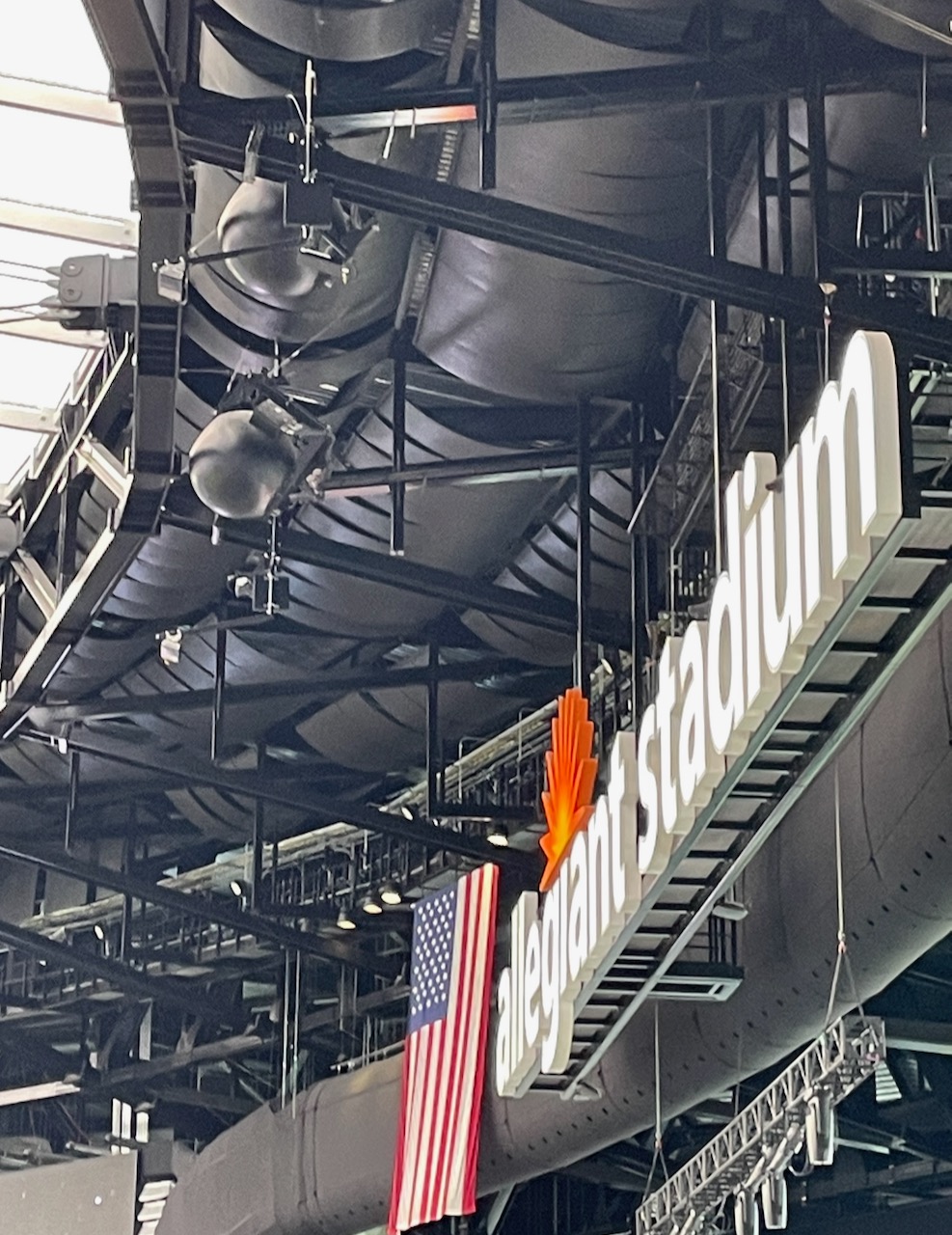
Join us as we talk to Matsing CEO Bo Larsson and co-founder and executive vice president Leo Matytsine about the technology behind the Matsing products, and how they came to be a now-commonplace part of venue cellular deployments.
One of the hallmarks of the stadium technology user community is its willingness to quickly embrace technology that has been proven to work in another venue. That trait has fueled the recent success of the MatSing lens antennas, which in the past few years have gone from a curiousity to a rapidly accepted technology that can help solve many venue cellular connectivity issues.
Join us as we talk to Matsing CEO Bo Larsson and co-founder and executive vice president Leo Matytsine about the technology behind the Matsing products, and how they came to be a now-commonplace part of venue cellular deployments. Listen in, on the Stadium Tech Report podcast!
Technology meets a need
Before we got into the background of the company, we asked MatSing CEO Larsson about why the antennas are such a good fit for stadium cellular networks. “It’s something that is a perfect fit, and it fits in the right way,” Larsson said, describing how the lens antennas’ capabilities, which include multiple radios per antenna, and the ability to reach hard-to-cover seating areas from a greater distance away, plus the better economics realized by the antennas, are meeting the ever-increasing need for better and wider wireless coverage in venues of all sizes.

Our conversation then delved into the background of how the company got started, an interesting tale of a government-funded science project (which didn’t quite succeed) providing the inspiration for a new kind of antenna. Matytsine tells the story and describes an excitement that he said is still part of the company’s makeup today, making products that do things older equipment can’t.
Subscribe to the Stadium Tech Report podcast on iTunes!
Like any new product, the MatSing antennas needed a way to break into the market, and according to Matytsine the first real breakthrough came at the Coachella Valley Music and Arts Festival in the mid-2010s. With its large outdoor crowds the festival, like other open-air events, had proven a tough problem for wireless coverage. But given a chance to show their gear, the MatSing crew was able to prove that its technology could provide coverage in a focused way over longer distances.
“We are physicists, so we like to get data and results and show what we can do,” Matytsine said.
After another early deployment at a Canadian football arena, MatSing got its big stadium break in 2018 when AT&T and the IT team at Amalie Arena in Tampa, Fla., went all-in with a DAS deployment that used 20 of the lens antennas to cover the main seating bowl. The solid results that came out of that deployment, Matytsine said, started the kind of word-of-mouth promotion that the stadium technology community is known for.
Growing the business to meet more needs
Sensing a business that was about to grow rapidly, then-board member Larsson moved into the CEO seat at MatSing, bringing with him a lot of telecom and startup experience. At first, stadiums tested the devices by installing them in ones and twos, usually for special purpose needs like covering the sideline photographers at football games. Fast forward to 2023, and MatSing is busy with the Super Bowl upgrades going on at Allegiant Stadium in Las Vegas, where an initial deployment of 30 lens antennas is being increased ahead of this season’s championship game.
With MatSing antennas now in about half of the NFL stadiums, the technology is no longer a secret. “The word has definitely gotten out,” Larsson said. And inside venues is not the only place communications providers are finding use for the antennas. Some more recent deployments involve more macro-network installs, as well as mobile deployments, where a MatSing antenna on top of a truck can provide additional coverage for temporary outdoor needs.
MORE STR PODCASTS:
STR Podcast: How AT&T Stadium rewrote the DAS playbook with its new network
STR Podcast: Andrew McIntyre talks about blending tech and innovation at Tampa’s Amalie Arena
STR Podcast: Aramark’s Alicia Woznicki talks about the tech revolution in concessions
STR Podcast: Randy George of the Boston Red Sox talks about the new Wi-Fi 6 network at Fenway Park
STR Podcast: Zippin CEO Krishna Motukuri touts the power of checkout-free technology
Technical production for the Stadium Tech Report podcast is led by Creative Director Dan Grimsley, and Digital Designer Jackie Nguyen. Web and design work is by David Fares and John David. All contents of the Stadium Tech Report podcast are copyright, Stadium Tech Report. Audio, video and print content may not be re-used without the express written consent of Stadium Tech Report.


